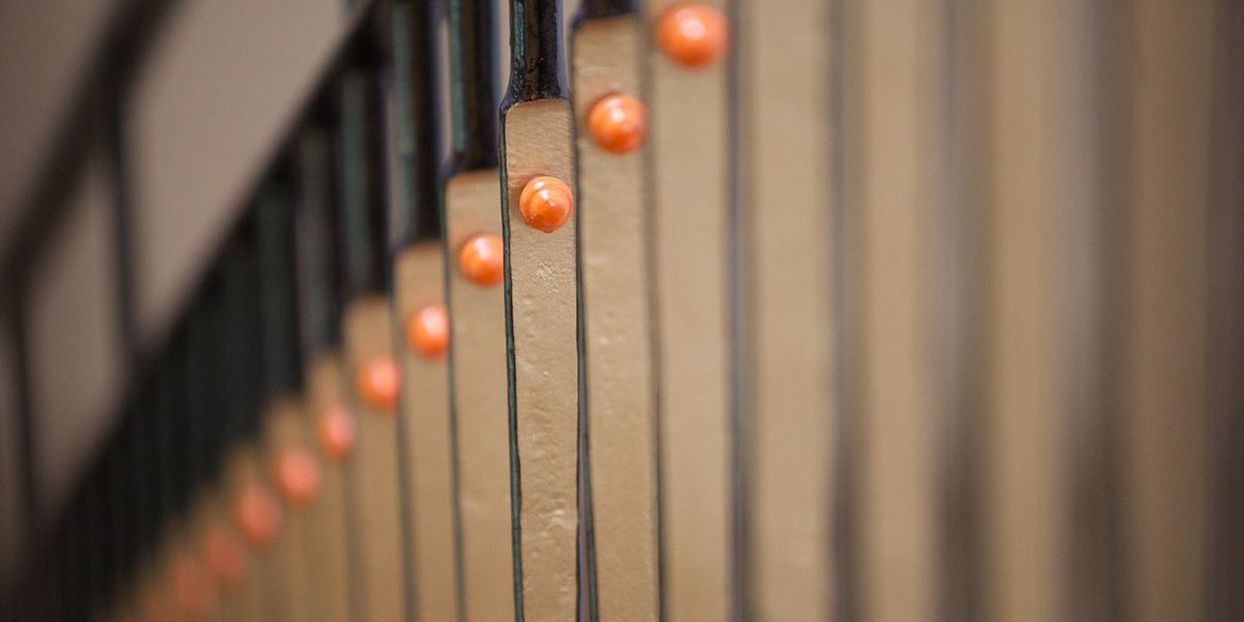
History of the Leibniz Association
The history of non-university research in Germany goes back much further than the history of the Leibniz Association. In 1652, the Leopoldina was founded and in 1700, Gottfried Wilhelm Leibniz initiated the establishment of the Society of Sciences in Berlin, which was later to become the Academy of Sciences. These developments reached their first peak with the establishment of the Kaiser Wilhelm Society in 1910. Even then, there were many research institutions, libraries and museums in addition to the Kaiser Wilhelm Society, and a good number of them are members of the Leibniz Association today – such as the Astrophysical Institute Potsdam, seven of the eight Leibniz research museums, and the Hamburg Institute for Marine and Tropical Diseases.
After the Second World War, the Allies imposed a federal system on Germany with strong federal states, the Länder, controlling their own cultural affairs, education and science. After the experience of National Socialism they wanted to avoid an all-powerful central government. Some research institutions, however, would have overburdened the funding capabilities of any one Bundesland. Thus, even before the Federal Republic was founded, the "Königstein Agreement" was signed at a meeting of West German Bundesländer in Königstein in March 1949. In this agreement, they pledged joint funding for larger research institutions of supraregional importance if their financial needs exceeded the means of one individual Bundesland.
The Blue List
Twenty years later, in 1969, the German Basic Law was extended to include Article 91b, granting the Federal and Länder governments the constitutional right to cooperate on research projects of supraregional importance and national scientific interest. In 1977, after intensive negotiations involving more than 300 institutions, 46 were identified for joint funding and published in a list printed on coloured paper: the Blue List was born.
Always under scrutiny
From 1979, the Science Council regularly evaluated Blue List institutions in order to guarantee high standards of scientific performance and be able to set them on the track to targeted development at an early stage. Of the original 46 institutions that were funded, five institutions had been dropped from joint funding by 1989 whilst six had been added.
With the Blue List, Federal and Länder Governments created a tool which enabled them to respond quickly and flexibly to new demands issuing from science and science policy, but it was not easy to handle: the total number of institutions funded, for example, hardly varied between 1977 (46) and 1989 (47). The fact that total expenditure for the Blue List was limited led to the so-called "omnibus" principle: the only way of funding a new member, was to drop an old member from the Blue List.
Reunification
German Reunification in 1990 brought about major changes in joint funding by Federal and Länder Governments. Article 38 of the Unification Treaty prescribed the integration of the former GDR science and research landscape into the West German system. Reform of the East German science landscape meant that the number of "Blue List” institutions almost doubled. The total number of institutions rose from 47 in 1989 to 81 in 1992, taking the number of employees from approximately 5,000 to 9,000. All 34 new members had been accepted after successfully passing a Science Council evaluation. The newcomers changed the profile of the Blue List and shifted the academic focus towards the Natural, Technical, Agricultural, Life and Spatial Sciences.
The Leibniz Association
In 1990, the institutions formed the "Blue List Partnership", mainly for purposes of cross-institutional administration. Four years later, the General Assembly decided to establish a policy committee to discuss the future and self-image of the "Blue List" based on Science Council recommendations. The committee's work led to the establishment of the “Blue List Science Association” (WBL) in 1995.
In 1997, the WBL renamed itself "Gottfried Wilhelm Leibniz Science Association" (WGL), a name that is rarely used today, and only in formal contexts. It is now usually referred to as the Leibniz Association.
Whilst the institutions themselves continue to be autonomous entities, the goals of their self-organisation include closer academic cooperation (such as Leibniz Research Alliances and Leibniz Networks), regular information and experience sharing, cooperation on matters of common interest and their external representation, both in the political arena as well as vis-à-vis the general public. For this purpose, the Leibniz Association originally established its Headquarters in Bonn. In 2006, a Brussels office was set up for EU affairs, and a Berlin office was also established. 2010 saw the election of the first full-time President and in 2012, the Bonn office was closed and Headquarters relocated to Berlin Centre.
As early as 1998, in a further step towards structural consolidation, a Senate of external members was established as a supervisory and advisory body, consisting of representatives of the Federal and Länder Governments, public figures, scientists and representatives of science organisations.